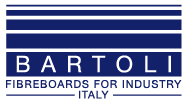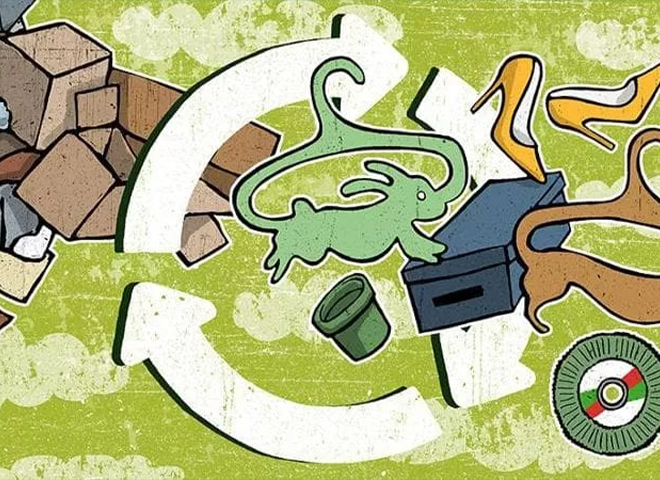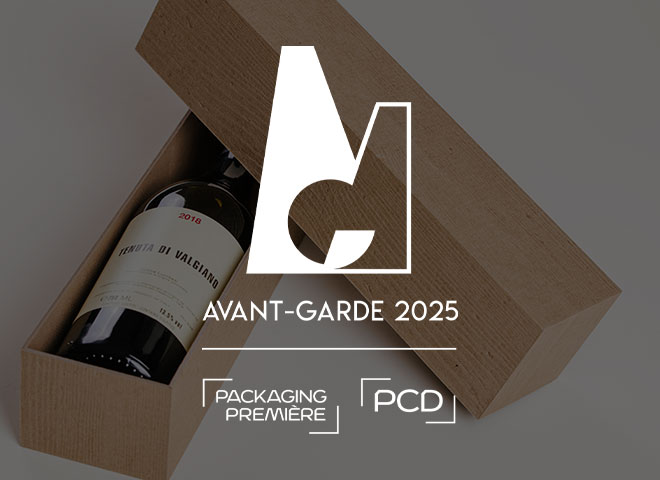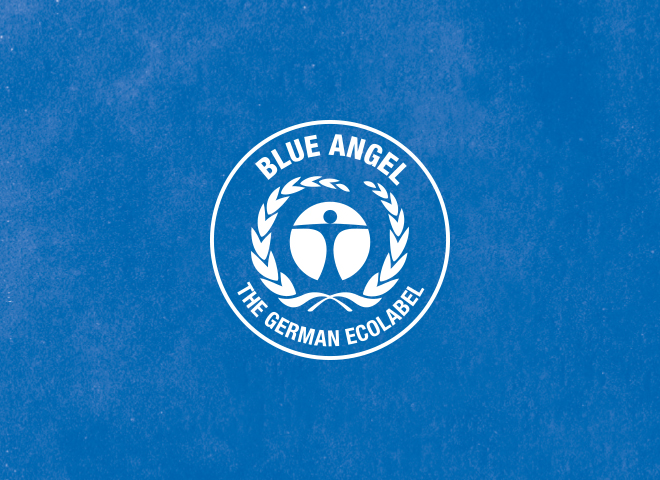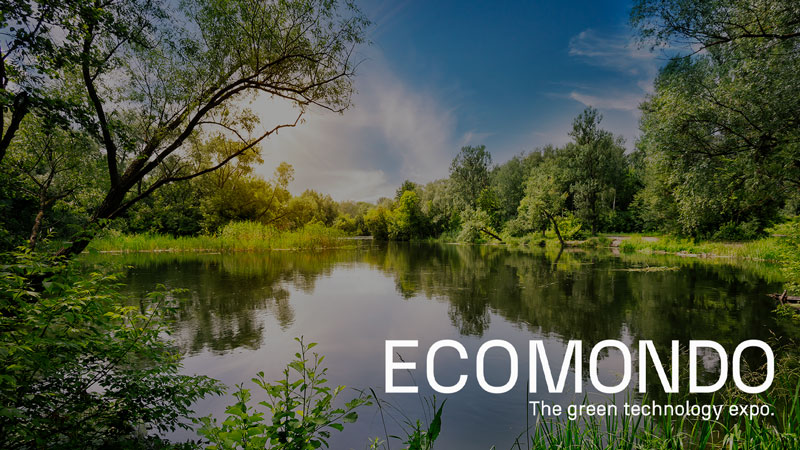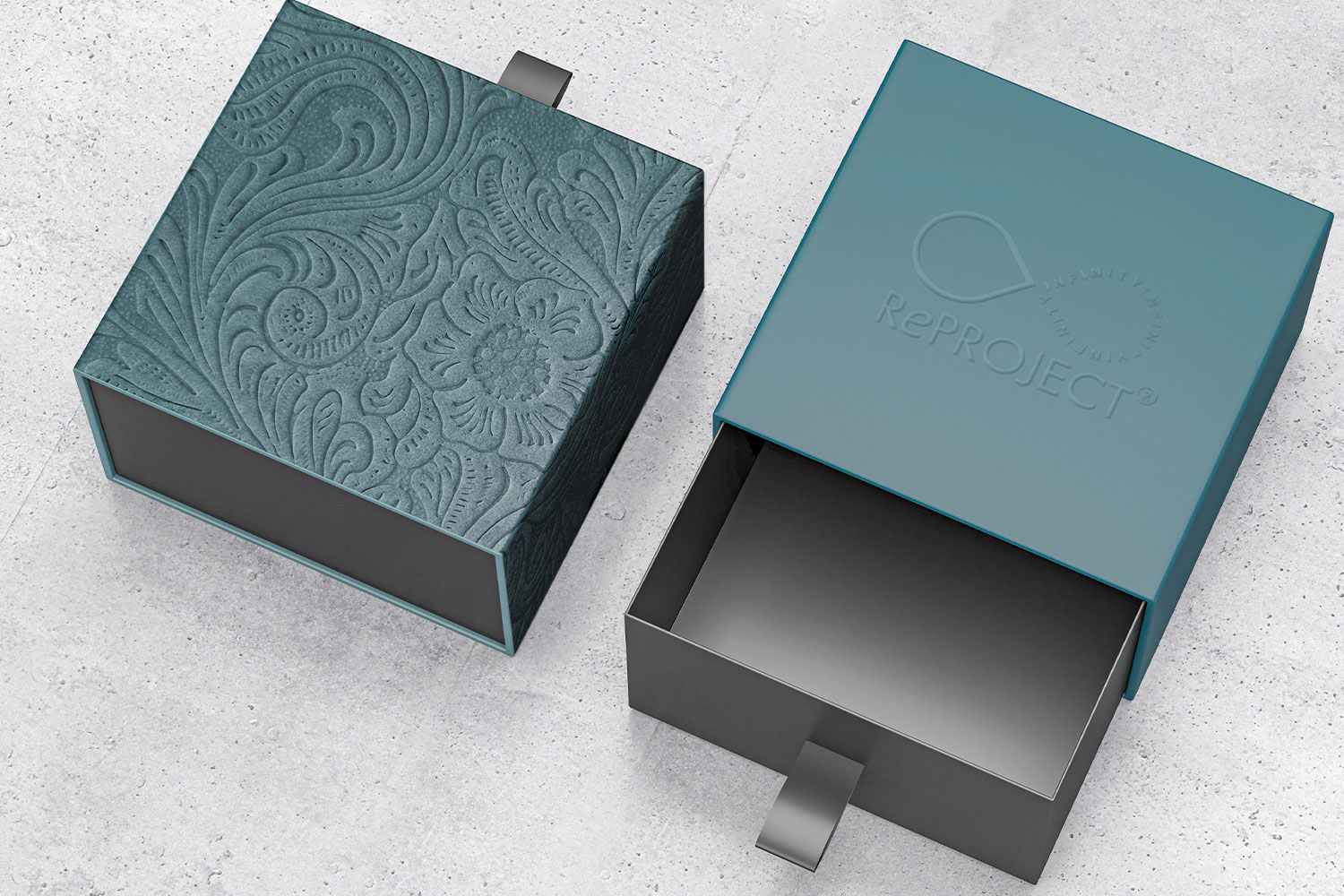Glossary
Bartoli SpA's vocabulary.

This glossary was created to provide a clear understanding of terms and acronyms used within our company. We are committed to promoting effective and transparent communication among all our employees and business partners.
Below you will find a list of terms and definitions that will help you navigate our corporate environment with ease.
A
Global 2030 Agenda for Sustainable Development
Document approved by UN member countries, containing 17 macro-goals for sustainable development, broken down into 169 targets to be achieved by 2030. The goals include clean water and sanitation, clean and affordable energy, sustainable cities and communities, responsible consumption and production, combating climate change...
Life Cycle Assessment (LCA)
This is a scientific methodology that assesses the environmental footprint of a product or service, throughout its entire life cycle. The objective is to detect the environmental impact generated by different production processes, identify the most considerable ones and try to reduce or compensate for them in order to increase the sustainability of the entire production chain.
B
Biodegradable
A product that can undergo biological degradation, that is, it can be broken down in nature by microorganisms (bacteria, fungi, algae) present in the environment. This decomposition process can take time and can vary depending on the material and environmental conditions. During biodegradation, the material breaks down into smaller and smaller fragments and eventually transforms into simpler compounds, such as water, carbon dioxide and biomass. However, biodegradation may not be complete, and residues or toxic substances may be present after the process.
Biodiversity
Biodiversity can be defined as the richness of life on earth: the millions of plants, animals and microorganisms, the genes they contain, and the complex ecosystems they make up in the biosphere. This variety refers not only to the form and structure of living things, but also includes diversity understood as abundance, distribution, and interaction among the different components of the system.
C
Climate change
A latest phenomenon consisting of changing global climate patterns, such as an increase or decrease in average temperatures, as well as an increase in the intensity and frequency of extreme weather phenomena. One of the main causes is attributable to human activity, specifically the emission of greenhouse gases.
Carbon footprint
ndicator of the volume of greenhouse gases emitted directly or indirectly by a person, an organization, or an entire population. The unit of measurement used is carbon dioxide equivalent. CO2 eq.
Chain of Custody
Through a chain of custody, everyone who has access to materials is documented when they are transferred and/or modified. The goal is to ensure that materials are not altered, contaminated or manipulated during the various production and transportation steps until the finished product is made.
Environmental certification
Process by which a product or company is assessed against certain environmental standards, established by an independent, internationally or nationally recognized third party. The objective is to certify that the company's products and/or activities meet certain sustainability requirements.
Code of Ethics.
A document adopted on a voluntary basis that encompasses the set of ethical and social principles and standards that the company undertakes to abide by.
Carbon offsetting.
Set of activities aimed at offsetting the emission of Co2 or other climate-altering gases emitted by a company. For example, tree planting aims at carbon offsetting.
Compostable
A compostable material, in addition to being biodegradable, must follow specific criteria to fully degrade into compost (less than three months) through an industrial or household composting process. During composting, the material is broken down under controlled and optimal conditions, with the provision of adequate oxygen, moisture and temperature.
Compost
The result of the composting process, rich in nutrients that can be used as a natural fertilizer for the soil. A distinction can be made between industrial and home composting. The former allows a higher quality compost to be obtained in less time by achieving higher temperatures in a controlled environment. The second, on the other hand, can take up to a year to decompose a material, and in order to succeed in composting packaging must be certified for this purpose.
D
Decarbonization
Green transition process of reducing the amount of carbon dioxide CO2 in the atmosphere by implementing renewable energy sources to replace fossil fuels. The EU has set a goal of zero net CO2 emissions by 2050.
Downcycling
Downcycling occurs when the recycling process results in a product of less value than the starting good. Just think of those products, made of recycled material, that once consumed can no longer be recycled, sharply reducing the product's life cycle.
E
Eco design
Products are designed with a focus on efficient use of materials and resources, reducing environmental impact and the amount of waste generated, with the aim of enhancing features such as durability and recyclability.
Eco innovation
Refers to all forms of innovation that contribute appreciably to the efficient use of resources, reduced environmental impact and sustainable development. Aspects such as planning, design, production, research and consumption take on an even more crucial role in making eco innovation.
Circular Economy
A production and consumption model based on concepts such as durability, sharing, modular design and material selection. The goal is precisely to make goods that can be easily regenerated, recycled and reused, reducing their environmental impact and maximizing their efficiency.
EPDS
Environmental Product Declarations (EPDs) are documents that schematically indicate the environmental characteristics of a product or service through objective, verifiable and comparable data. The objective of Environmental Product Declarations is to inform consumers, enabling them to make informed choices at the time of purchase. There are two elements that give value to an EPD. The fact that the declaration is subject to control and validation by a third party and the information contained in the document has a scientific, therefore objective, foundation
ESG
The acronym environmental, social and governance is a sustainability rating that expresses the environmental, social and governance impact of a company or organization operating in the marketplace.
G
Greenwashing
Corporate misbehavior phenomenon, which literally means hiding behind what is green, greenism. Specifically, it can be defined as a communication strategy adopted by certain companies, organizations or political institutions aimed at constructing a deceptively positive self-image in terms of environmental impact in order to divert public attention from the negative environmental effects due to their activities or products. It is typical of those who present an ideological and non-scientific approach based on certifications.
I
Environmental Impact
Effect that an organization has on the environment, economy and society whether positive or negative.
M
Recycled Material.
A material that has not been discarded as waste but used in the manufacture of a new product.
P
Policy ambientale
Documento contenente i principi, le norme e le direttive stabilite da un’organizzazione in merito alle sue attività e decisioni relative alla gestione e conservazione dell’ambiente.
Pulper
Nel settore cartario è un macchinario utilizzato per trasformarela carta da macer in una polpa di cellulosa. Grazie ad azioni di separazione da eventuali plastiche o altre impurità come parti metalliche che si possono trovare nel macero, le fibre della carta e del cartone vengono recuperate.Al termine del processo la pasta ottenuta potrà essere utilizzata come materia prima per produrre nuovi prodotti in carta e cartone, riducendo i rifiuti e contribuendo alla sostenibilità dell’industria cartaria.
R
Relamping
consists of replacing traditional lighting fixtures, such as halogen, incandescent or fluorescent lamps, with modern LED (Light Emitting Diode) lamps, so as to achieve a decrease in energy consumption.
Corporate social responsibility.
Set of policies, practices and behaviors adopted by the company in order to harmonize economic objectives with the social and environmental objectives of the reference territory, with a view to sustainability, that is, with the intention of preserving the environmental, social and human heritage for current and future generations.
Waste
Any solid or liquid matter discarded from a process, whether of domestic, agricultural or industrial origin.
Recycling
Process aimed at converting products and waste into new goods, components and raw materials. It is estimated that paper fibers can undergo the recycling process six to eight times.
Pre-consumer waste
Type of waste generated during a production process or during the delivery of goods, before they reach the final consumer.
Reuse
Activity aimed at reusing a product, material or resource, thus avoiding discarding or disposing of it after a single use. In terms of environmental sustainability, it contributes to reducing the amount of waste produced, consuming fewer resources and consequently decreasing the environmental impacts generated.
S
Sustainability
Corporate philosophy, which can be declined in three dimensions (environmental, social and economic) that involves the entire organization, aimed at remodeling company processes and products in a "green" key in order to then be able to generate and spread a welfare that involves all the actors involved in a sustainable perspective.
T
Traceability
Allows showing the entire path taken by raw materials and the various components of a product, throughout the production chain. Among the various objectives that can be pursued through traceability we can mention; ensuring about compliance with environmental sustainability standards, quality control, logistics and authenticity identification.
Two Sides
is an international communication project that aims to provide truthful and documented information on paper and printing sustainability. Launched in 2008 by members of the paper communication supply chain, including forestry companies, pulp and paper manufacturers, paper distributors, pre-press, printing and finishing operators, publishers, envelope and paper packaging manufacturers, and postal operators. Our common goal is to promote and communicate the sustainability of the paper communication supply chain so that the public recognizes the sustainability values of paper communication.
U
Upcycling
The recycling process generates a product of greater value than the starting good.

